Motion capture has come a long way since it made its gaming debut back in the 90s through titles such as Virtua Fighter 2 and Soul Edge. As the tech has advanced its usage in games has extended from adding realism to beat-em-ups to capturing every nuance and facial expression in story-based titles such as LA Noire and Beyond: Two Souls. With mo-cap equipment often costing hundreds of thousands of dollars however, is it a technique out of the reach of small and mid-sized developers? Is it a technique with limited purpose outside of big-budget Triple-A console titles? A few years ago the answer to those two questions would have been a resounding “Yes”, but with advances in technology and a little ingenuity, it's now becoming possible to make mo-cap transfer well to the mobile screen.
Here at Tag we have been doing our own experimentation with mo-cap and have found that with some readily available equipment we can achieve impressive results. Microsoft's Kinect may have been largely forgotten nowadays, stuffed in the back of a million cupboards alongside Wii tennis rackets and Singstar microphones, but inside every Kinect unit there is some serious motion-sensing technology at work. Couple this with the commercially-available Brekel software and for less than the cost of a modern console you can have a basic mo-cap system up and running.
This setup however won’t be one that will deliver Hollywood-style results that reflect every nuance of an actor’s performance, something that came up when we approached mo-cap expert Mick Morris on the topic. The former Audiomotion MD said “Budget setups have their place for sure and I took great delight seeing the ingenious way in which devs were hacking various pieces of hardware to create their own systems. However my advice has always been to use this approach for rapid prototyping and testing animations in-game to see if they work for you, but then book a session with a professional studio using professional actors.”
Few could argue against this approach being one to yield more polished results and while Teesside University's Satish Shewhorak ultimately agreed, he was quick to highlight the benefits in making mo-cap technology more accessible. "Combining consumer hardware such as Kinect with software like Brekel or iPiSoft has already proven popular with researchers in a range of fields and countries where it is simply too costly to use high end motion capture suites. In games, it lowers the barrier for indie developers to try and capture the subtle nuances of movement that motion capture provides. With advanced planning and consideration for cleanup, believable performance capture is now within the reach of those who would could never have dreamed of affording such technology. With Apple recently acquiring startups Faceshift and Emotient, things are only going to get more accessible."
This ability to create a large volume of good quality animations cheaply and quickly is something that can be of tremendous use especially in the mobile market. As an alternative or a compliment to traditional animation, mo-cap is now an option that can be considered in mobile and indie development and one we’re pretty excited about. Keep an eye on our blogs and social media feeds to see how our experiments pan out!


